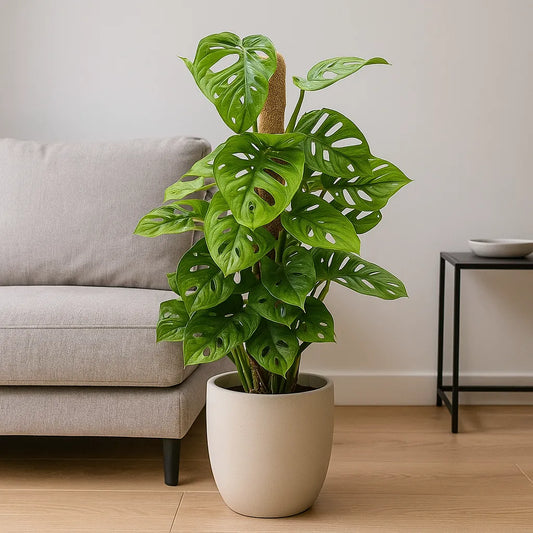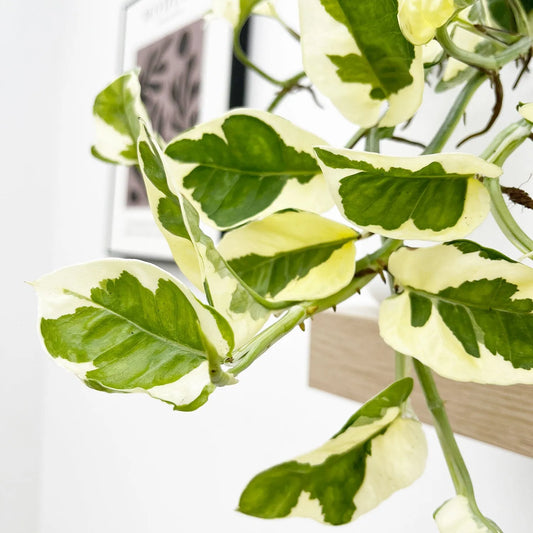Alocasia Propagation Guide
If you love your Alocasia, and want to fill your space with these wonderful tropical houseplants, there is a simple way to do so without having to spend money on additional plants.
Propagating your Alocasia plants allows you to fill your space with these wonderful plants, and lets you give them as cheap, but effective gifts to friends and family. In this guide we will go through all the whys and hows of propagating your Alocasia plants.
What is propagation?
Simply put, propagation is a way of breeding new plants from your existing Alocasia. It is a great way of freeing up space in a root bound pot or to create replicas of your plant to give to loved ones or to fill your space up with great looking plants.
It doesn’t matter if you have an Alocasia Zebrina, an Alocasia Amazonica or Alocasia Stingray any plant of this species can be propagated into new plants. Unlike many other house plants such as Monstera, the Alocasia is not really suitable for propagating by taking leaf cuttings but there are a few main methods to successfully do so.
Propagating Alocasia through offset division
Alocasia plants grow from tubers instead of seeds. This means that under the soil they will grow in small clumps that can be separated, replanted and grown as their own plants. Each of these clumps will have the same characteristics as the ‘mother plant’, so it’s a fantastic way to multiply plants that you like. There a two simple and easy steps to propagating an Alocasia by division:- Remove the plant from its pot and shake any excess soil off the roots.
- Gently separate a few of the clumps, taking care not to tear too many of the roots.
Each of the clumps you remove will already have an established root system, so you only need to plant it in a suitable soil, and water it well until it is established. Plants propagated through division will grow quicker and are likely to be more healthy in the long run than plants propagated by other means
Propagating Alocasia through water propagation
Water propagation is the best method for propagating new plants when the bulb or cutting you want to grow the new plant from doesn’t have a strong existing root system. To propagate your Alocasia this way you will first need to remove a young tuber from under the plant in the same way as you would for the above method. You will then need to completely remove any soil from it.
Choose a container like a glass vase beaker or cup and fill it with tap water. Leave it out for around 24 hours then place your tubor in the water so that its roots are submerged. Place the container in a spot that receives bright, indirect light; direct sunlight can cause algae growth.
This method of propagation is a great way to grow new plants from less developed parts from the mother plant. It is also a wonderful and unique way to display your plants as the root systems can be just as wonderful as the foliage. To care for a plant grown in water you should top up the liquid as and when you need to. You should change the water out every six months. When you change the water, add some liquid houseplant fertiliser to encourage and boost growth.
Propagating Alocasia through soil propagation
The most common propagation method for Alocasia is soil propagation. This method is best for tubers that already have their own root system. Prepare a pot for each division with good drainage holes and a suitable soil; The soil should hold moisture relatively well and still let excess water drain. A mixture of potting soil, coco coir and a handful of perlite would do well as a potting medium.
Once your pots are ready, plant your Alocasia tubers in the soil. Water the soil well and put the pot in bright, indirect light. The plant will go into shock for a few days, but will quickly recover, and in a few weeks you will see sprouts and leaves begin to grow.











Leave a comment
Please note, comments need to be approved before they are published.